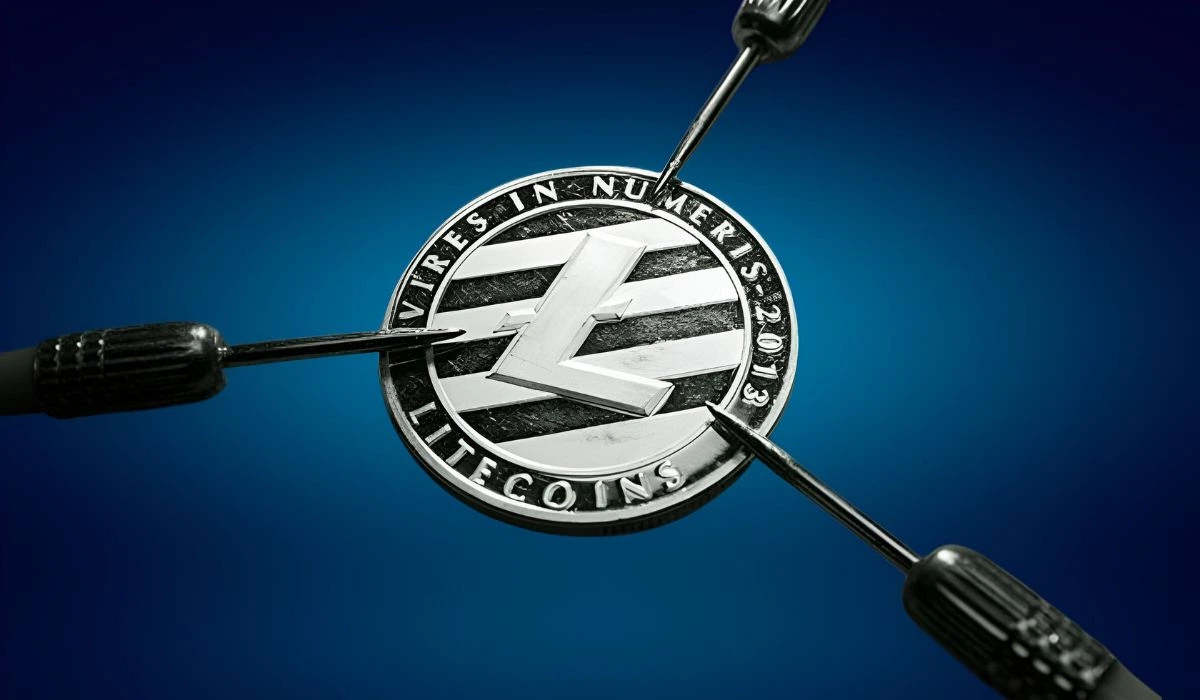Litecoin is one of the top dogs of the crypto market, sought after by many investors. It was introduced in 2011 by Charlie Lee through a fork in the original cryptocurrency. A crypto fork is created when a blockchain branches into two. If you’re new and wondering what it entails for the original project and whether the new one retains its relation to the original one, you came to the right place. Here, we will be providing detailed information on the fork concerning Litecoin, what it means for the original blockchain in case a fork occurs in it, the types of forks, and the main difference between the LTC’s hard and soft forks.
Litecoin Forks: A Brief Overview
A Litecoin fork is the process of copying a set of codes from the Litecoin blockchain and then modifying this code to create brand-new software or another blockchain. Forks are quite common in the crypto industry, especially for open-source software like LTC. The forking can also be used to improve the features and functionalities of the existing blockchain. That is why most of the prominent cryptocurrencies like LTC and BTC are open-sourced so that anybody can contribute to their network. The forks in the LTC blockchain have also resulted in the creation of alternative tokens, namely Litecoin Cash, EMC2, and FTC.
These open-sourced projects mostly rely on their communities to improve the blockchain’s security and efficiency. Also, the open source that is associated with the forks can make the user interface of the platform more user-friendly and attractive by implementing various changes put forward by these communities. This can significantly boost the number of users flocking towards the blockchain platform. In between, anyone can copy the code and create their product without fearing any copyright infringement claims.

Types Of Forks
Crypto Forks can be mainly of two categories: Codebase Fork and Live Blockchain Fork. In the codebase fork, a new blockchain is created from an existing one by adding new features or improving the existing one. Most of the crypto projects were created in such a way by copying BTC’s card to create new altcoins. On the other hand, a live blockchain fork generally refers to when an existing blockchain branches off into two. This type of branching involves two types of forking methods: Soft Fork & Hard Fork.
1. Soft Fork
A soft fork is a type of forking that takes place when the new system can use the interface and other data from the environment it was forked from. Developers of the new software tend to add new rules to the system they designed so that it doesn’t clash with the old ones. In cases of software change, the new blocks associated with the blockchain are mined based on the new rules. These new blocks that will be mined will also be compatible with the older version of the software. This phenomenon is referred to as backward compatibility.
2. Hard Fork
A hard fork occurs when a blockchain protocol forks in such a way that it alters or breaks the system’s existing functionality or external structure. A hard fork is the exact opposite of a soft fork. In case of any software changes, the new blocks are mined based on the new rules but these blocks will not be compatible with the older version of the software.
Typically, when a hard fork occurs, it brings into existence a new cryptocurrency with it. If some of the node users want to upgrade their old currency, they can exchange it for the new one for an equivalent quantity. However, it is not compulsory to switch from the old chain to the new one. Also, the nodes who chose the updated system over the older version will no longer be compatible with the old one.
Litecoin Hard Fork Vs Soft Fork: Key Differences
| Properties | Hard Fork | Soft Fork |
| Authority | Involves changing the original protocol and thus requires the consensus of nodes and miners. | It is compatible with the older version meaning that hackers can reinstate earlier models through node manipulation. |
| Power Requirement | Requires huge computational power as the new chain needs to branch off from the existing one. | Only 50% of hash power is needed to do a soft fork. |
| Chain Splitting | The original LTC chains splits into two. | No splitting as the chain moves forward with minor upgrades. |
| Upgrade | All users on the network need to agree to the rules associated with the new chain to use it. | Only the ones that need the new update have to upgrade the network. |
| Vulnerability | Hackers can take the majority consensus through manipulation and fork the blockchain. | Attackers can easily instate the previous models by manipulating the network nodes. |
Final Remarks
The Litecoin fork involves mainly two types of forks and they are the hard and soft forks. While hard forks have the potential to significantly harm the original blockchain technology, soft forks only bring minor changes to the original blockchain. Even the original Litecoin blockchain was created from a hard fork from the BTC. In essence, forking is one of the major and important aspects of the blockchain ecosystem, allowing users to use a blockchain through various protocols in cases of conflict among its members. This has also resulted in many developers actively pursuing greater heights to solve various issues that the existing blockchains face including LTC. For further information regarding crypto forks and other crypto-related updates, stay tuned.

